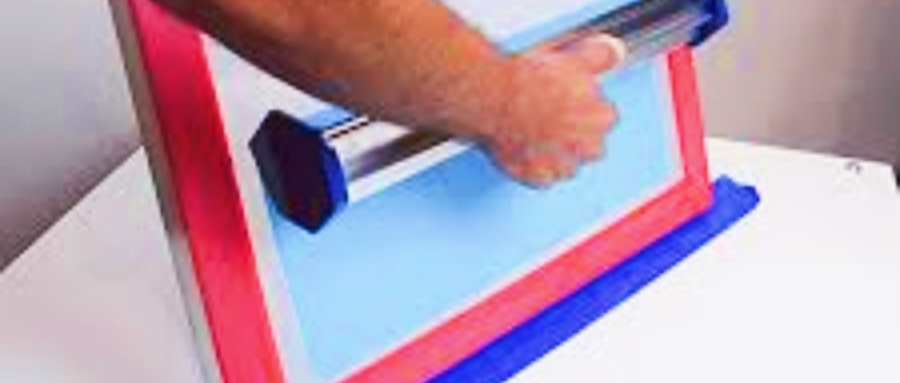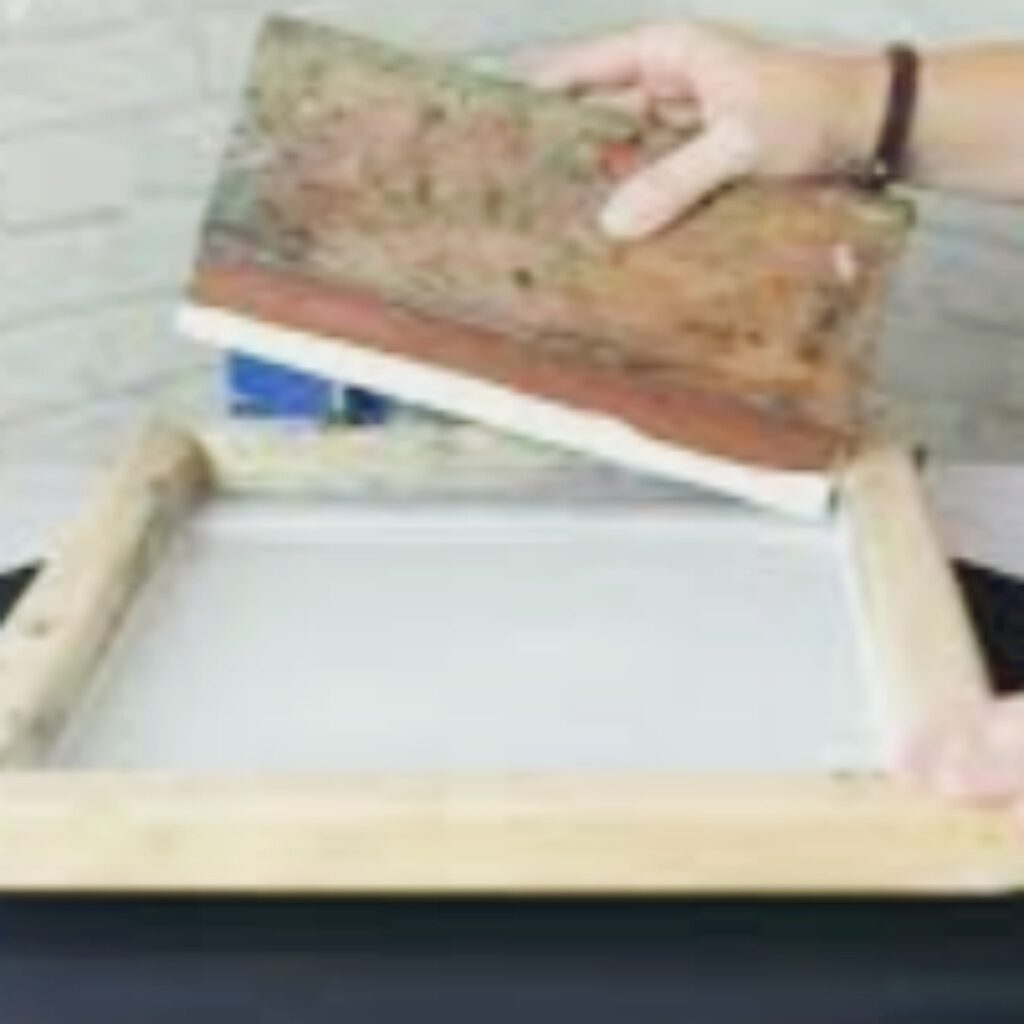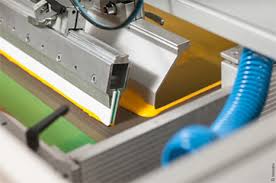Choosing the right size emulsion scoop coater is essential , Scoop coaters come in various sizes, Using an emulsion remover saves money.
What Size Emulsion Scoop Do I Need?
Choosing the right size emulsion scoop coater is essential for efficient screen printing. Scoop coaters come in various sizes, typically ranging from 4 inches to 20 inches or more, to accommodate different screen sizes.
The rule of thumb is to select a scoop coater that is slightly smaller than the width of your screen frame. This ensures even application without spilling emulsion over the edges.
For larger frames, opt for a wider scoop coater to save time and provide consistent coverage. Smaller scoop coaters, on the other hand, are ideal for precision work or smaller screens. Using the correct size helps achieve even coating and prevents wasting emulsion.An emulsion scoop coater is essential for achieving even and smooth emulsion application in screen printing. Choosing the right size coater, slightly smaller than your screen width, ensures precision and avoids waste. Using it is simple: fill the coater, position it at a 45-degree angle, and glide upward evenly for consistent results. To maintain quality prints, use an emulsion remover to clean your screens after printing and extend their lifespan.
While squeegees can be used for applying emulsion, scoop coaters offer better control and professional results. Avoid streaks by working in a clean environment, using smooth emulsions, and applying consistent pressure. Mastering these techniques ensures flawless screen printing every time.
What Is an Emulsion Remover For?
Once a design is printed, the emulsion layer on the screen needs to be removed to reuse the screen for a new design. Emulsion removers effectively break down and dissolve the hardened emulsion, allowing it to be rinsed off easily.
When applying the remover, it’s important to follow the manufacturer’s guidelines and use the appropriate tools, such as a scrub pad, to avoid damaging the mesh.
How Do You Use an Emulsion Scoop?
Using an emulsion scoop coater correctly is vital for achieving a smooth, even layer of emulsion on your screen. Here’s a step-by-step guide:
- Prepare the Screen: Ensure the screen is clean, dry, and free from any residue before applying emulsion.
- Fill the Scoop Coater: Pour the emulsion into the scoop coater. Avoid overfilling to prevent spillage.
- Position the Coater: Hold the scoop coater at a 45-degree angle against the mesh.
- Coat the Screen: Starting from the bottom, gently press the coater against the screen and pull it upward in a steady motion. Apply even pressure to ensure a uniform layer.
- Flip and Repeat: Repeat the process on the other side of the screen if a thicker coating is required.
- Dry the Screen: Place the coated screen in a dark, dust-free area to dry completely before exposing it to light.
Proper technique ensures that the emulsion is applied evenly, reducing the chances of pinholes or uneven exposure.

How Do You Prevent Brush Marks in Emulsion?
Preventing brush marks in emulsion is crucial for producing high-quality prints. Follow these tips to avoid streaks and uneven surfaces:
- Use a Scoop Coater Instead of a Brush: Brushes are more likely to leave marks, while an emulsion scoop coater provides a smooth, consistent finish.
- Apply Even Pressure: Ensure steady and uniform pressure when applying the emulsion. Uneven pressure can lead to streaks or gaps.
- Choose the Right Emulsion: Opt for an emulsion with a smooth consistency that is easy to spread.
- Work in a Controlled Environment: Dust, humidity, and temperature can affect the application process. A clean, dry workspace is ideal.
- Inspect Your Coater: Ensure the scoop coater is clean and free from damage that might create lines during application.
By taking these precautions, you can achieve a flawless coating and minimize issues during the screen exposure process.
Can You Apply Emulsion with a Squeegee?
While a squeegee can technically be used to apply emulsion, it is not recommended for professional screen printing. Emulsion scoop coaters are specifically designed for this purpose and provide better results. Here’s why:
- Even Coating: Scoop coaters distribute emulsion more evenly compared to squeegees.
- Precision: Scoop coaters allow for greater control over the thickness of the emulsion layer.
- Ease of Use: Applying emulsion with a squeegee can be messy and may require more time to achieve the desired result.
However, in situations where a scoop coater isn’t available, a squeegee can serve as a temporary solution. Just be sure to apply consistent pressure and work carefully to avoid uneven application.
Do You Rub Down Between Coats of Emulsion?
Rubbing down between coats of emulsion is not typically necessary when using an emulsion scoop coater. However, there are a few scenarios where additional smoothing might be helpful:
- Thick Coats: If you’ve applied multiple thick layers, gently smoothing the surface can help ensure evenness.
- Imperfections: If bubbles, streaks, or marks appear, lightly rubbing the surface can fix these issues.
For most cases, a single or double coat applied with a scoop coater will dry smoothly without the need for additional rubbing. Always allow each layer to dry completely before applying the next one to prevent smudging or uneven texture.

Conclusion
An emulsion scoop coater is an indispensable tool for screen printing, ensuring a smooth and even application of emulsion for high-quality prints. Selecting the right size coater, using proper techniques, and maintaining your screens with emulsion removers are key to successful printing projects. While alternative methods like squeegees exist, a scoop coater remains the best option for precision and efficiency.
By mastering the use of an emulsion scoop coater and following best practices, you can achieve professional-grade results and extend the lifespan of your screens. Whether you’re a beginner or an experienced screen printer, investing in the right tools and techniques will elevate your printing process.










